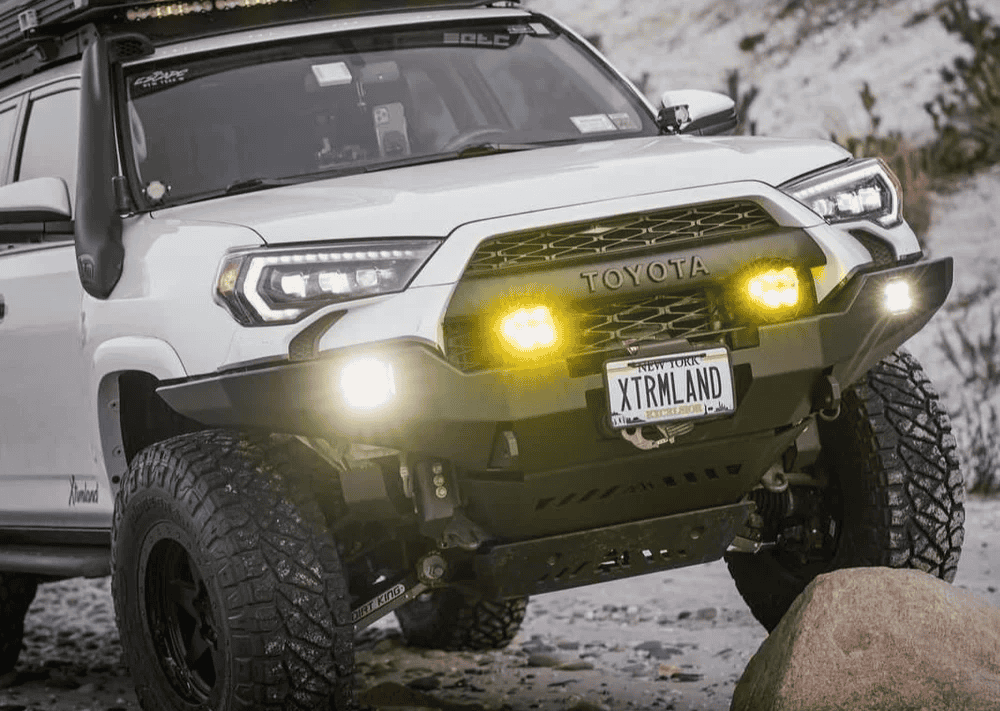Overland Vehicles

Finding the right shop starts with proof. Recommended overland upfitters near me should show full build galleries, not just final glamour shots. Look for process photos that reveal wiring runs, insulation, fastener choice, and sealing techniques. The best teams document their work from tear down to shakedown, because craftsmanship shows long before the first campsite photo.
Trustworthy shops welcome detailed questions. Ask about design reviews, materials, and mounting strategies for heavy components like batteries, water tanks, and spares. Good answers will reference proper circuit protection, load paths, corrosion prevention, and service access. If you can, tour the facility. A tidy shop with labeled parts bins and clear work zones usually mirrors disciplined builds.
Strong overland upfitters often show relevant training and industry involvement. Look for experience with twelve volt systems, inverter charger installation, lithium battery integration, and safe ventilation. Ask whether they follow standards for wire sizing, fusing, and bonding. Fabrication experience with aluminum and steel is key for bumpers, racks, and skid protection. Insurance, written warranties, and documented quality checks round out the picture.
Compare how shops mount floors, treat bare metal, and seal exterior penetrations. For wiring, ask about strain relief, abrasion protection, and service loops. For cabinetry, look for lightweight materials, proper joinery, and rattle control. On the outside, evaluate weld quality and coating prep. Underbody work should prioritize clearance without compromising driveline or cooling.
A clear schedule with defined milestones is a green flag. Your estimate should list major phases like design approval, parts arrival, fabrication, systems install, and final test. Ask how they handle changes and whether they provide a walkthrough or user orientation. Post delivery support, including troubleshooting and maintenance guidance, is a sign of a customer focused shop.
Electrical and power systems are the backbone of a modern rig. Expect a thoughtful plan for charging from solar and alternator sources, a safe battery bank, and an inverter sized to your appliances. The install should show labeled circuits, tidy routing, and accessible fuses. Refrigeration, lighting, fans, and heat should be integrated so the system behaves like a single ecosystem, not a bundle of parts.
Ride and protection upgrades keep you moving when the road disappears. A matched suspension package supports added payload, improves control, and protects components over washboard and ruts. Underbody armor, recovery points, and a practical spare solution reduce risk far from pavement. Exterior lighting should be aimed responsibly and wired with relays and switches that make sense at night.
Interior living systems make the miles easier. Insulation helps with temperature control and noise. Ventilation paired with moisture management keeps the cabin comfortable. Water storage with filtration and a simple galley setup turn long days into a manageable routine. Storage design should lock down gear and keep weight low and centered. The best layouts reflect your habits and hobbies, not a one size template.
Pricing should be detailed enough to compare apples to apples. Look for line items that specify product tiers, labor hours by task, and any machine time for fabrication. Beware vague bundles without scope. Quality shops also communicate lead times and parts availability up front, so your calendar is not a mystery.
Location matters, but it is not everything. Searching recommended overland upfitters near me is a smart start, yet many travelers choose a centrally located builder to simplify pickup and shakedown. If you will be driving in for delivery, ask about local camping or a day of orientation to learn your systems before a long trip home.
Reviews and references carry weight. Prioritize recent feedback that describes the process, communication, and how the rig performs months later. When possible, talk to past clients who use their rigs the way you will. A shop that encourages those conversations is confident in its work.
If you are weighing options, explore how a team turns needs into design. Start with the core use case, then translate that into structure, power, water, heat, and storage. For an example of that approach, review the range of overland rigs we build for trail comfort and reliability. When you want deeper detail on fabrication and system integration, the custom overland upfit page breaks down our process from planning to handoff. To see why travelers choose us for long range builds, read why choose OZK Customs.
Your search for recommended overland upfitters near me should end with a partner who listens first, documents every step, and stands behind the result. At OZK Customs in Fayetteville Arkansas, we design and build adventure vans and overland rigs for real world use, from power systems and interiors to suspension and protection. Share your routes, your crew, and your gear, and we will translate that into a clear design, a clean install, and a confident delivery.
Ready to plan a capable, reliable overland build with real support? Tell us how you travel, and OZK Customs will map a clear path from concept to keys. Share your goals and get a transparent estimate, a precise timeline, and a proven team to execute every detail.
ADDRESS:
6159 E Huntsville Rd, Fayetteville, AR 72701
PHONE:
(479) 326-9200
EMAIL:
info@ozkvans.com